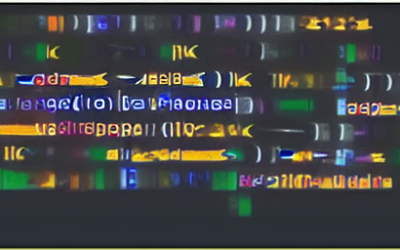Datafication is the process of turning data into a commodity. This can be done by collecting data from various sources and then packaging it into a format that can be sold or traded.
Tech Blog
Tech Insights, Information, and InspirationRestructuring Data Systems
Restructuring data systems can be a complex and expensive process. The company will need to analyze its current system and figure out what needs to change. It will then need to choose new software or hardware, and make sure that all of its data is transferred over to the new system. The company will also need to train its employees on how to use the new system.
What is a relational database?
A relational database is a type of database that stores information in tables which are related to each other through the use of keys. This type of database is commonly used in the management of large amounts of data due to its scalability, flexibility, and ability to store complex relationships between data. It is also capable of quickly retrieving data using Structured Query Language (SQL) queries.
Improving Data Quality
Data quality is important because it can be used to improve decision making, to assess the performance of organizations and individuals, and to help understand and manage risks. Additionally, data quality can be used to improve the efficiency and effectiveness of processes and systems. Finally, data quality can help create a competitive advantage for organizations.
Edge Computing
Edge computing is a distributed computing paradigm that brings computation and data storage closer to the location where it is needed, to improve response times and save bandwidth. In general, edge computing means doing more locally and reducing the need to send data back and forth across networks.
The Need for Data Regulation
Data is increasingly becoming one of the most valuable commodities in the world. As our lives move increasingly online and more data is shared, it is becoming more important to ensure that this data is properly regulated.
Managing Data with Data Engineering
In the modern business world, data engineering is increasingly important in order to make informed decisions. Data engineering is the process of collecting, storing, cleaning, and transforming data so that it can be effectively used for business analytics and decision making.
Custom Databases: Why and How
What is a Custom Database Developer and Why Should I Hire One?
Data Migration Services
Data migration services from UseTech Design provide total migration solutions your organization can rely on.
Database Development Services
Database development services are customized to maximize data management efficiently and streamline your workflows.
Get In Touch
UseTech Design, LLC
TROY, MI • BLOOMFIELD HILLS, MI
Call or text +1(734) 367-4100








